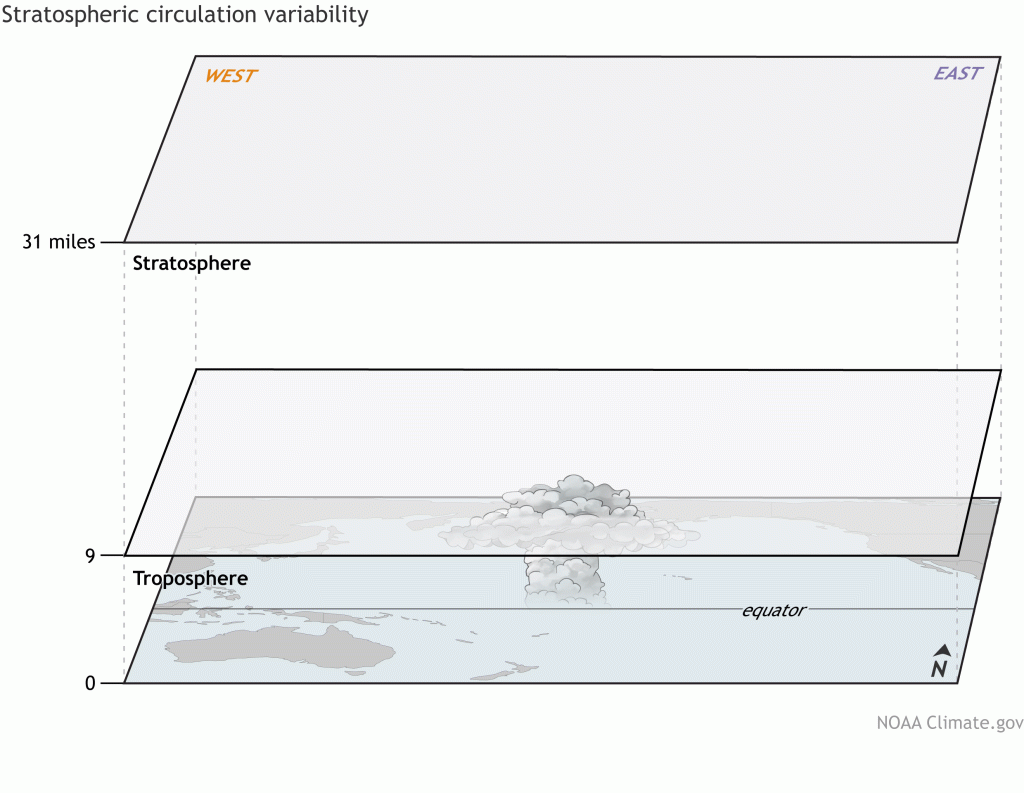New research provides unprecedented synthesis of how ozone is removed at Earth’s surface
Better understanding of how ozone, an air pollutant and greenhouse gas, is removed is essential for improved modeling and prediction of air pollution, ecosystem health, and climate.
New research provides unprecedented synthesis of how ozone is removed at Earth’s surface Read More »









